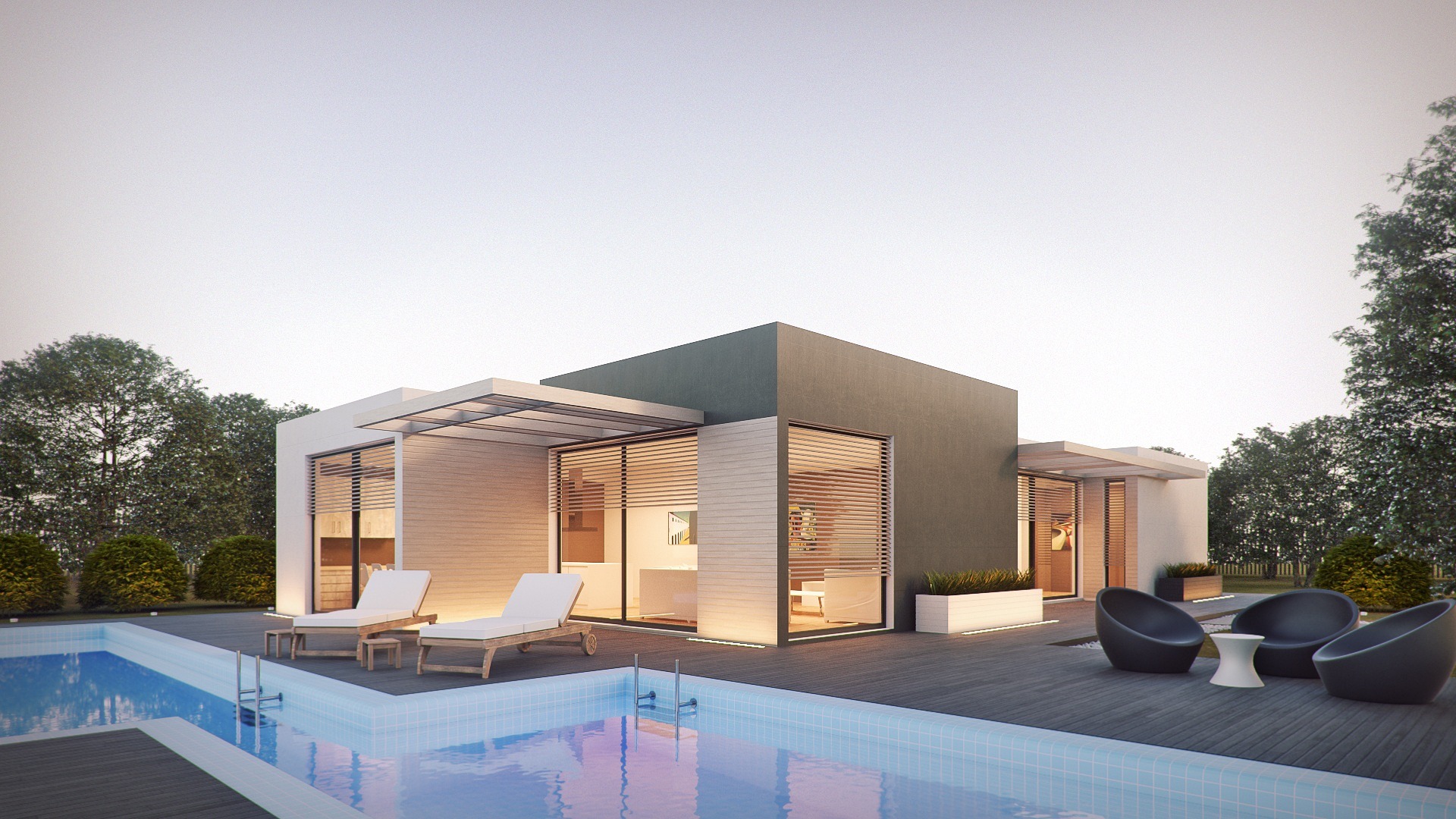Your Complete Guide to Choosing Perfect Patio Furniture
Creating an inviting outdoor living space starts with selecting the right patio furniture that combines style, comfort, and durability. Whether you're furnishing a cozy balcony or a spacious deck, understanding the various materials, styles, and maintenance requirements will help you make informed decisions that enhance your outdoor experience for years to come. The right furniture not only transforms your patio into an extension of your home but also withstands the elements while providing the comfort and functionality your family needs.

What Are the Key Differences Between Popular Patio Furniture Materials?
Understanding how different materials perform outdoors is crucial for making the right investment. Aluminum furniture offers exceptional rust resistance and lightweight portability, making it ideal for areas with high humidity or frequent rearrangement needs. Its powder-coated finish provides additional protection against UV rays and scratches.
Teak wood stands out as a premium natural option, naturally resistant to moisture, insects, and decay. This hardwood develops a beautiful silver-gray patina over time when left untreated, though it requires periodic oiling to maintain its original golden color.
Steel furniture provides maximum durability and can support heavier weights, but requires powder coating or galvanization to prevent rust. Wrought iron offers classic elegance with excellent longevity when properly maintained.
Synthetic materials like resin wicker and recycled plastic lumber combine weather resistance with low maintenance. These materials resist fading, cracking, and moisture damage while offering the aesthetic appeal of natural materials without the upkeep requirements.
How Can You Choose Patio Furniture for Durability, Comfort, and Easy Maintenance?
Selecting furniture that balances these three essential factors requires careful consideration of your specific needs and environment. For durability, prioritize furniture with rust-resistant hardware, reinforced joints, and UV-resistant finishes. Look for thick-gauge aluminum or steel frames and high-quality synthetic materials that won’t crack or fade.
Comfort considerations include cushion thickness, fabric breathability, and ergonomic design. Quick-dry foam cushions with solution-dyed acrylic covers provide comfort while resisting moisture and mildew. Adjustable features like reclining chairs and extendable tables enhance functionality.
Easy maintenance starts with material selection. Powder-coated metals require only soap and water cleaning, while synthetic wicker can be hosed down without damage. Choose furniture with removable, machine-washable cushion covers and avoid materials requiring frequent treatments or special cleaning products.
Which Popular Patio Furniture Styles Match Different Outdoor Spaces?
Contemporary styles feature clean lines, minimal ornamentation, and neutral colors that complement modern architecture. These pieces work well in urban settings and smaller spaces where simplicity creates visual breathing room.
Traditional styles incorporate classic elements like ornate metalwork, rich wood tones, and detailed craftsmanship. This approach suits established gardens and homes with classic architectural features.
Coastal styles emphasize light colors, natural textures, and relaxed comfort. Weather-resistant materials in whites, blues, and natural tones create a beachy atmosphere regardless of your location.
Industrial styles combine metal and wood elements with utilitarian design. These pieces work well in loft-style outdoor areas and urban rooftops where the aesthetic complements exposed brick or concrete elements.
Rustic styles feature natural wood, earth tones, and handcrafted details. These pieces suit cabins, country homes, or any setting where you want to emphasize connection with nature.
What Steps Help Compare Different Types of Patio Furniture for Various Climates?
Climate considerations significantly impact furniture performance and longevity. In humid coastal areas, prioritize rust-resistant materials like aluminum or synthetic options. Avoid untreated steel and choose cushions with antimicrobial treatments to prevent mold growth.
Desert climates demand UV-resistant materials and fade-resistant finishes. Look for furniture with powder coatings or anodized finishes that maintain color integrity under intense sun exposure. Avoid dark colors that become uncomfortably hot.
For areas with frequent rain, choose furniture with quick-drying capabilities and proper drainage. Cushions should feature water-resistant fabrics and quick-dry foam cores. Ensure metal furniture has adequate rust protection.
Cold climate considerations include freeze-thaw resistance and storage practicality. Folding or stackable options facilitate winter storage, while materials like aluminum and synthetic wicker handle temperature fluctuations without cracking.
| Furniture Type | Typical Price Range | Key Materials | Climate Suitability |
|---|---|---|---|
| Aluminum Dining Set | $800-$2,500 | Powder-coated aluminum, tempered glass | All climates |
| Teak Lounge Set | $1,200-$4,000 | Grade A teak, stainless steel hardware | Humid/coastal regions |
| Synthetic Wicker Set | $600-$1,800 | HDPE wicker, aluminum frame | All weather conditions |
| Steel Patio Set | $400-$1,500 | Powder-coated steel | Dry climates preferred |
Prices, rates, or cost estimates mentioned in this article are based on the latest available information but may change over time. Independent research is advised before making financial decisions.
What Are the Essential Tips for Caring and Maintaining Patio Furniture?
Regular cleaning prevents buildup of dirt, pollen, and environmental contaminants that can cause permanent damage. Most furniture benefits from weekly cleaning with mild soap and water, while deeper cleaning every few months addresses stubborn stains and buildup.
Protective measures extend furniture life significantly. Use furniture covers during severe weather or extended periods of non-use. Apply UV-protective treatments to natural materials and inspect hardware regularly for signs of wear or corrosion.
Seasonal maintenance includes thorough cleaning before storage, applying wood treatments to natural materials, and checking cushion storage conditions. Store cushions in dry, ventilated areas and ensure metal furniture is completely dry before covering.
Prompt attention to damage prevents minor issues from becoming major problems. Address rust spots immediately with appropriate treatments, replace worn hardware before failure, and repair small tears in cushions before they expand.
Selecting the right patio furniture involves balancing material performance, style preferences, climate requirements, and maintenance capabilities. By understanding these factors and implementing proper care routines, you can create an outdoor living space that provides years of comfort and enjoyment while maintaining its aesthetic appeal and structural integrity.




